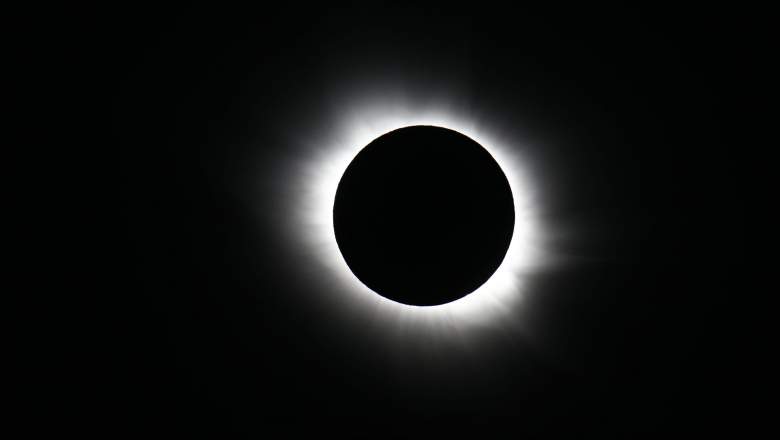
Today is the first time a total solar eclipse has been visible in the U.S. mainland since 1979, and the first time since 1918 that it’s been visible from coast to coast. But although it’ll be a long time before the next full solar eclipse comes to the U.S., partial solar eclipses actually happen multiple times a year throughout the world.
Here’s what you need to know if you want to mark your calendar for upcoming solar eclipses.
The Next Total Solar Eclipse Is in 2019
Unlike partial eclipses, which are returning in 2018, the next total solar eclipse isn’t until July 2, 2019. But you won’t be able to see it here. Totality will be visible from the southern Pacific Ocean east of New Zealand, to the Coquimbo Region in Chile, and Argentina at sunset. This one will be about twice as long as the one today. The maximum visible time will be 4 minutes 32 seconds from the Pacific Ocean.
The next total solar eclipse after that is December 14, 2020. Its path is similar to the eclipse that was on February 26. Like the July 2019 eclipse, this one will be visible from Chile and Argentina.
Then after that, you’ll have to wait until December 4, 2021. This will be an unusual eclipse, with totality moving from east to west across Antarctica. Most eclipses move from west to east.
Upcoming Partial Solar Eclipses in 2018
These happen more frequently. The next partial solar eclipses will be:
- February 15, 2018: Parts of Souther America, Pacific, Atlantic, Antarctica
- July 13, 2018: South in Australia, Pacific, Indian Ocean
- August 11, 2018: North/East Europe, North/West Asia, North in North America, Atlantic, Arctic
The Next Total Solar Eclipse in the U.S. Won’t Happen Until April 8, 2024
The next total solar eclipse won’t be visible in the U.S. until April 8, 2024. This one will have a line of totality crossing Texas, through the Midwest, and over Indianapolis, Cleveland, Buffalo NY, over New England, and passing over Maine and New Brunswick, Canada.
Meanwhile, we won’t see the next coast-to-coast solar eclipse in the U.S. until August 12, 2045.
There will be an annular solar eclipse in the U.S. on October 14, 2023. This occurs when the moon passes between the Earth and the Sun, and the moon’s diameter appears smaller than the sun’s, blocking most but not all of the sun’s light. This makes the sun look like a ring around the moon.
